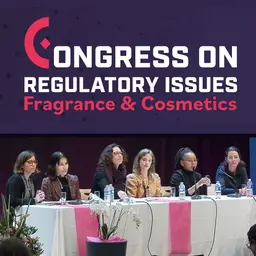
Cosmetics Europe announces the adoption of the new OECD test guideline 492: 'Reconstructed Human Cornea-like Epithelium (RhCE) Test Method for Identifying Chemicals Not Requiring Classification and Labelling for Eye Irritation or Serious Eye Damage.'
This test makes use of reconstructed human cornea-like epithelium (RhCE) which closely mimics the histological, morphological, biochemical and physiological properties of the human corneal epithelium. The test evaluates the ability of a test chemical to induce cytotoxicity in a RhCE tissue construct, as measured by the MTT assay. Coloured chemicals can also be tested by used of an HPLC procedure. RhCE tissue viability following exposure to a test chemical is measured by enzymatic conversion of the vital dye MTT by the viable cells of the tissue into a blue MTT formazan salt that is quantitatively measured after extraction from tissues. The viability of the RhCE tissue is determined in comparison to tissues treated with the negative control substance (% viability), and is then used to predict the eye hazard potential of the test chemical.
Cosmetics Europe adds that a complementary project integrating use of HPLC/UPLC-spectrophotometry into reconstructed human tissue (RhT) test methods to address a known limitation for strongly coloured compounds extends the applicability of eye irritation, skin corrosion and skin irritation RhT test methods and has been successfully included in the newly developed test guideline as well as in the revised Test Guidelines - TG 439 (skin irritation) and …













